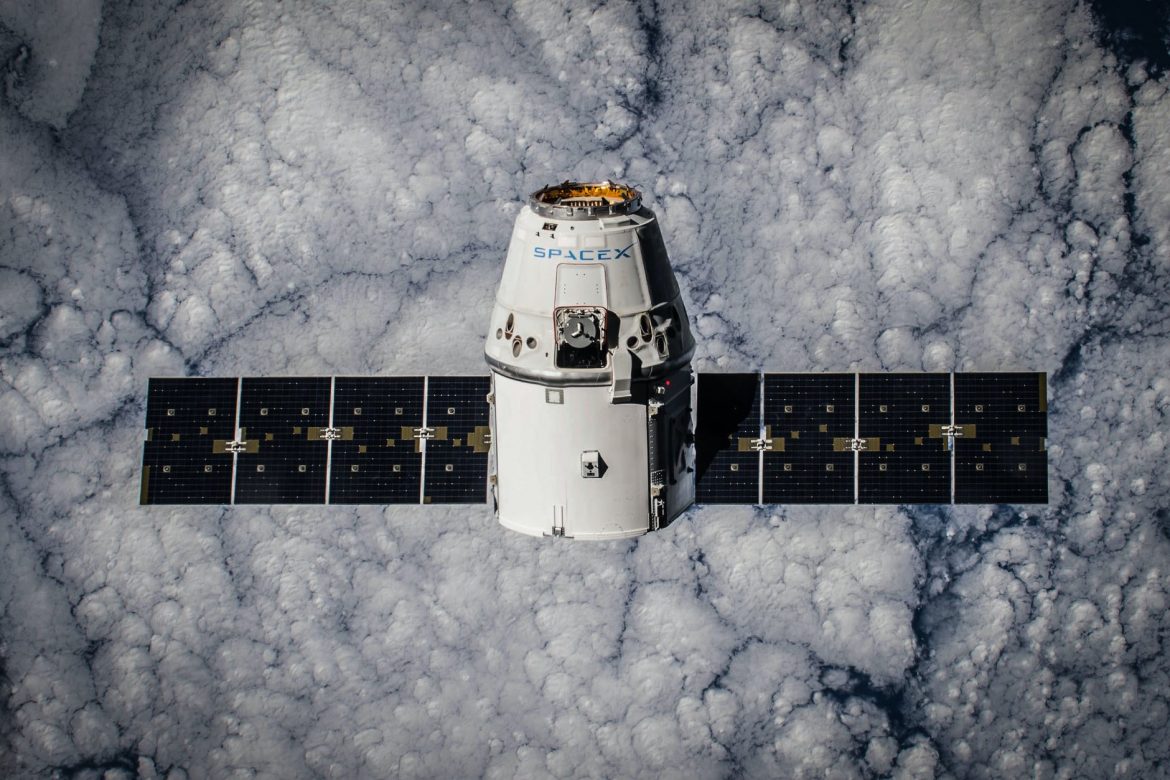
Last March we wrote about Elon Musk and his SpaceX Starlink enterprise for a satellite broadband internet system.
Thought to be a low latency option ideal for rural areas, consisting of a constellation of small satellites in a low earth orbit, working with transceivers on the ground.
Roughly this time last year, it hit the UK press for providing ground stations across Britain in association with telecoms mast company Arqiva.
Now Musk boasts of shipping more than 100,000 Starlink satellite internet terminals to customers in over 14 countries. This sees the expansion of preorders to even more potential customers plus the release of a second generation home internet satellite dish. The possibility of Starlink providing in-flight Wi-Fi for air passengers is even being explored.
The list of countries receiving Starlink internet terminals includes Ukraine, with more on the way despite the Russian invasion.
Is Starlink available globally?
This would appear to suggest that Starlink has gone global. But is that the case? It is still unclear whether it has global scope, but it does seem to be well on its way.
Last June, Musk spoke at the Mobile World Congress where he told the audience that with the exception of the North and South Poles, Starlink satellite internet would be available worldwide.
This was due to begin last August, subject to regulatory approval, therefore availability would differ region to region.
Then, in September, via Twitter Musk announced that Starlink satellite internet would finish its beta phase in the October. Further confirming that his satellite broadband service was ever expanding.
Are customers using Starlink satellite internet?
Starlink seems still to be facing a backlog of prospective customers waiting for their equipment in order to start using the service.
Is there anything not to like about Starlink satellite internet?
Not everyone is pleased with the development of Starlink and its constellation of orbiting satellites.
Many of those in the scientific community are concerned about how these low-orbiting satellites could negatively impact the visibility of the night sky.
Who are Starlink’s competitors?
Starlink aren’t the only one trying to offer low latency satellite broadband. Despite the apparent momentum of Starlink, they are in competition with Viasat, HughesNet and of course Amazon’s Project Kuiper.
These competitors have not shied away from trying to slow Starlink down with regulatory challenges.
What’s next for Starlink?
Here at Geekabit we’ll be sure to make you aware of any further news regarding Starlink and their satellite broadband service.
For a bit more background information on SpaceX Starlink, head to our previous blog.
Can Starlink satellite broadband help with my rural Wi-Fi woes?
We see our fair share of clients struggling with rural broadband. We’d love to see Starlink offering a long-term solution to people struggling to connect in more rural areas.
If you’re struggling with rural Wi-Fi now and want a more immediate resolution, then get in touch with our Wi-Fi experts. We have a brilliant 4G solution to rural Wi-Fi problems.
If you need reliable internet now, and a slow Openreach connection just isn’t cutting it, get in touch about our 4G broadband option today. You can read more about how we’ve helped rural clients in Hampshire get a reliable 4G broadband connection here.
